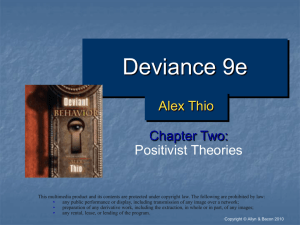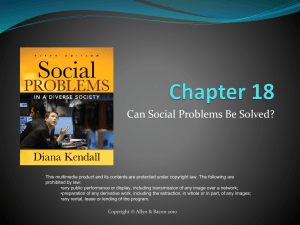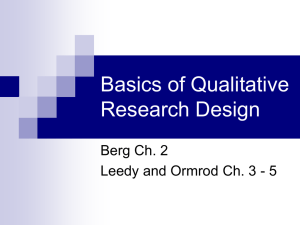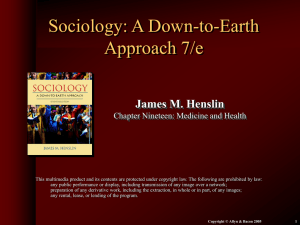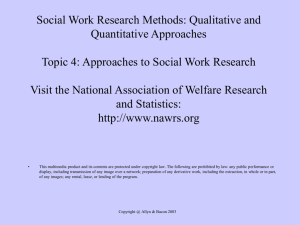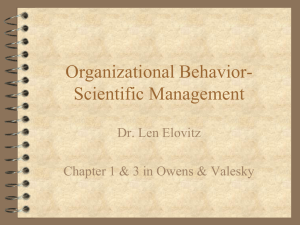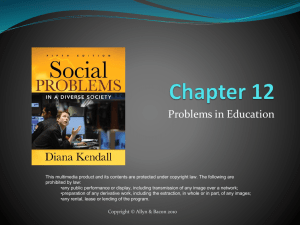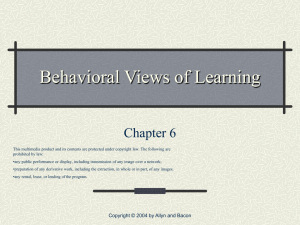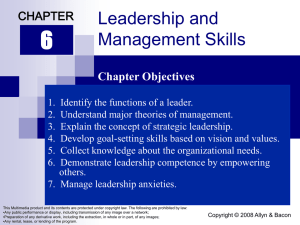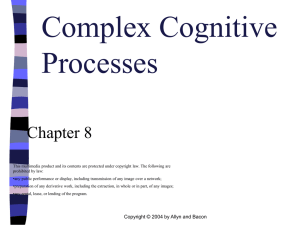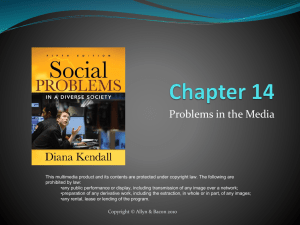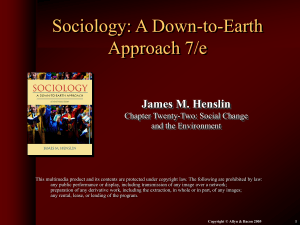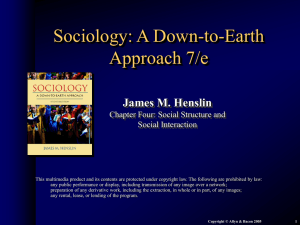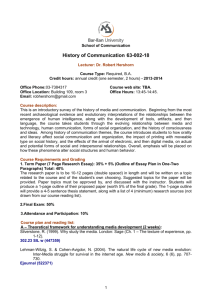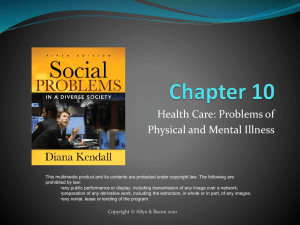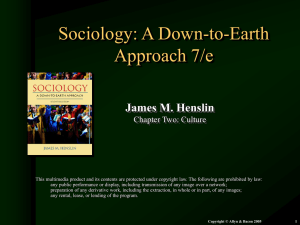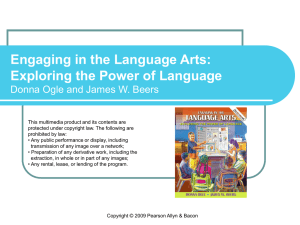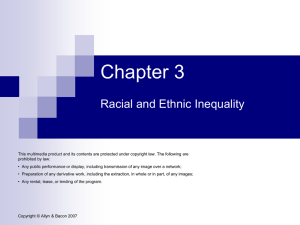Chapter 14
advertisement
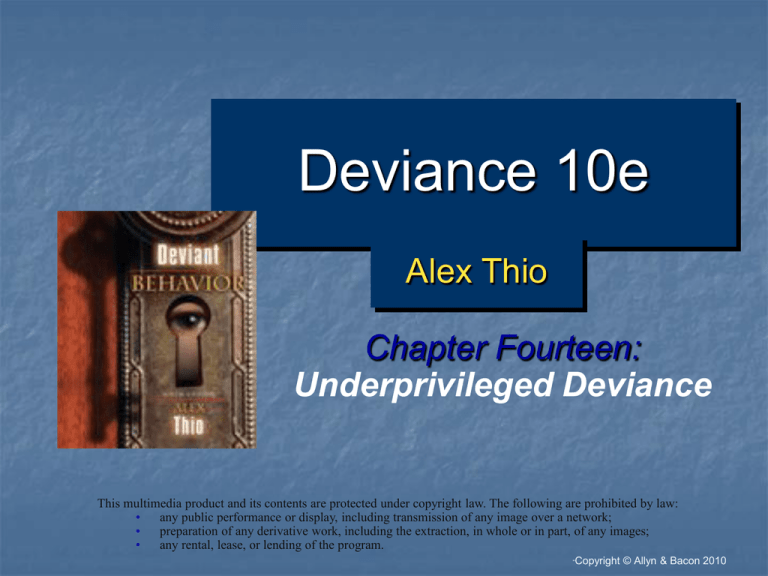
Deviance 10e Alex Thio Chapter Fourteen: Underprivileged Deviance This multimedia product and its contents are protected under copyright law. The following are prohibited by law: • any public performance or display, including transmission of any image over a network; • preparation of any derivative work, including the extraction, in whole or in part, of any images; • any rental, lease, or lending of the program. “ Copyright © Allyn & Bacon 2010 Introduction Underprivileged deviance: deviance among the relatively poor and powerless; this form of deviance is less profitable and more disreputable “ Copyright © Allyn & Bacon 2010 Robbery Robbery: unlawfully taking a victim's property; includes use or threat of violence Targets chosen according to: desire for money risk of arrest difficulty in planning Unarmed robbery has an increased risk of violence than armed robbery but less risk of death or serious injury “ Copyright © Allyn & Bacon 2010 Robbery – cont. Patterns of robbery: More frequent in big cities More common among strangers More frequent in cold winter months More frequently occurs indoors (about 60%) Most robberies are armed Most robbers who get arrested are relatively young More interracial than other crimes “ Copyright © Allyn & Bacon 2010 Robbery – cont. Amateurs: rob for small amounts of money, with less planning and more chance of arrest, and tend to be opportunists addicts alcoholics Professionals: carefully plan their robberies; execute them with others; target large sums of money Relative deprivation: most popular theory behind robbery – signals an increase in concentrated resources, unequal access and ownership, and increased opportunities to steal “ Copyright © Allyn & Bacon 2010 Figure 14.1 Location of Indoor Robberies “ Copyright © Allyn & Bacon 2010 Auto Theft and Carjacking Auto theft: recent increase; most significant property crime; provides quick profit Carjacking: can be violent; half are successful Insurance fraud: some car owners arrange for the theft of their own cars or report falsified damage claims “ Copyright © Allyn & Bacon 2010 Burglary Burglars are characteristically rational and calculating, and commit their crimes when homes are empty “ Copyright © Allyn & Bacon 2010 Shoplifting Shoplifting: stealing products from a store Costs businesses about $31 billion a year Drives up prices for all consumers Motivation: economic need social-psychological reasons “ Copyright © Allyn & Bacon 2010 A Social Profile of Shoplifters Only a small percent are “boosters” (professional thieves) Predominantly a juvenile offense Small items are typically stolen for personal use Men shoplift more than women, but women are more likely to commit this crime than other property crimes “ Copyright © Allyn & Bacon 2010 Organized Crime The media sometimes glamorizes organizes organized crime Most organized crime groups form along racial lines The largest known organized crime group is the 6,000-strong Herrera family, founded by Mexican immigrants who smuggle drugs from Mexico “ Copyright © Allyn & Bacon 2010 Organized Crime – cont. Primary goods and services provided: illicit gambling, loan sharking, and narcotics Securities and credit card theft; extortion Corruption of public officials Infiltration of legitimate businesses under the guise of “paid protection” “ Copyright © Allyn & Bacon 2010 Global Perspective: Organized Crime O.C. in foreign countries is similar to the U.S.: provides a way for lower-class youths to get rich; it is organized in a hierarchical way; and loyalty to the organization is essential The U.S. has been more successful in controlling organized crime than the governments of other countries “ Copyright © Allyn & Bacon 2010


